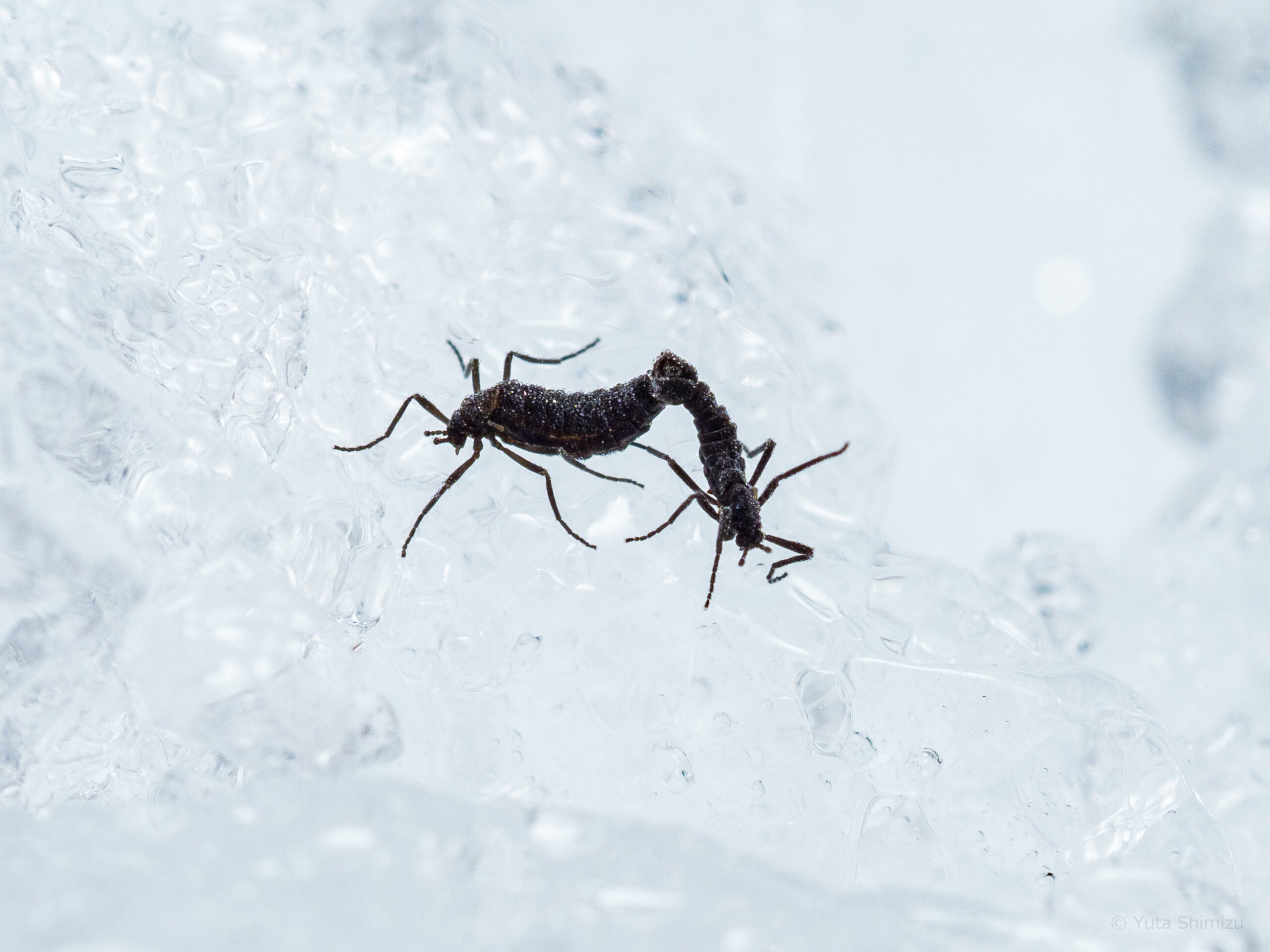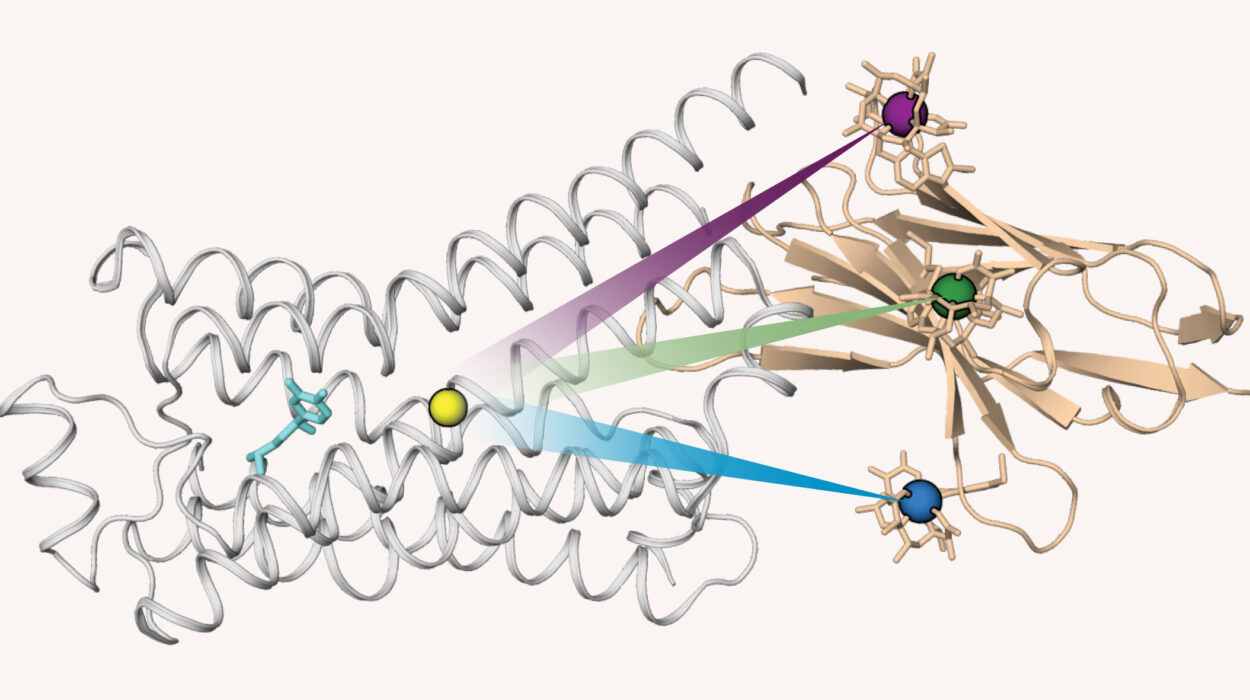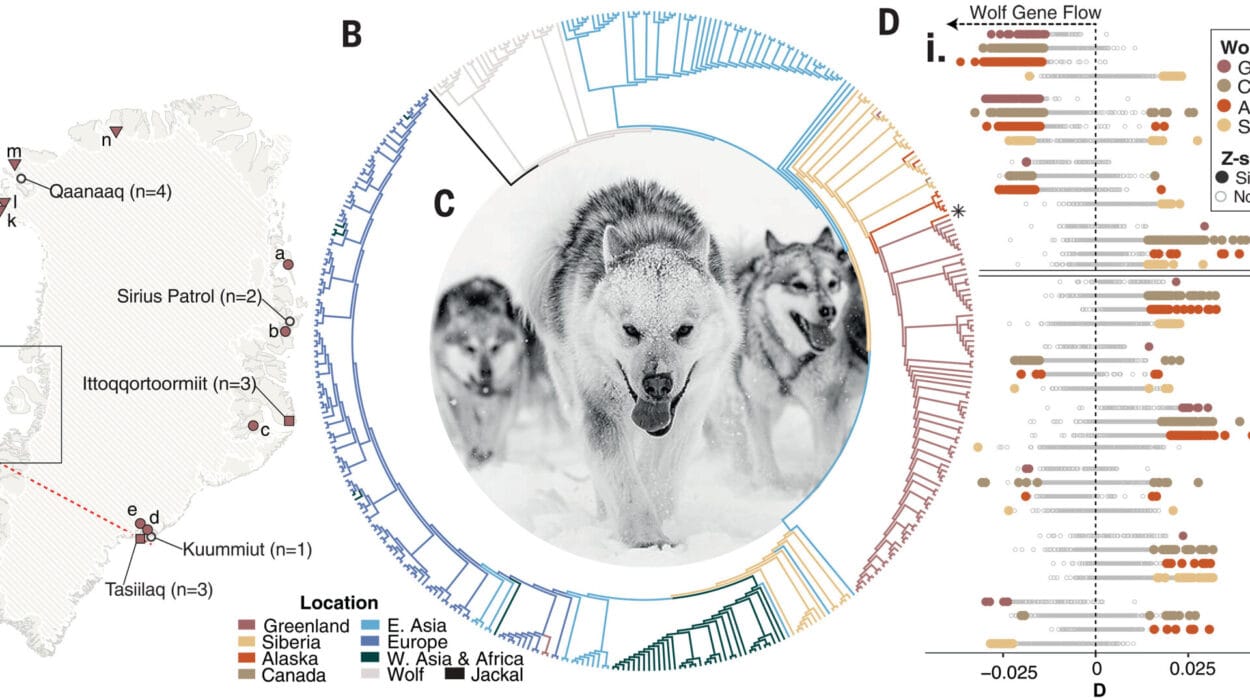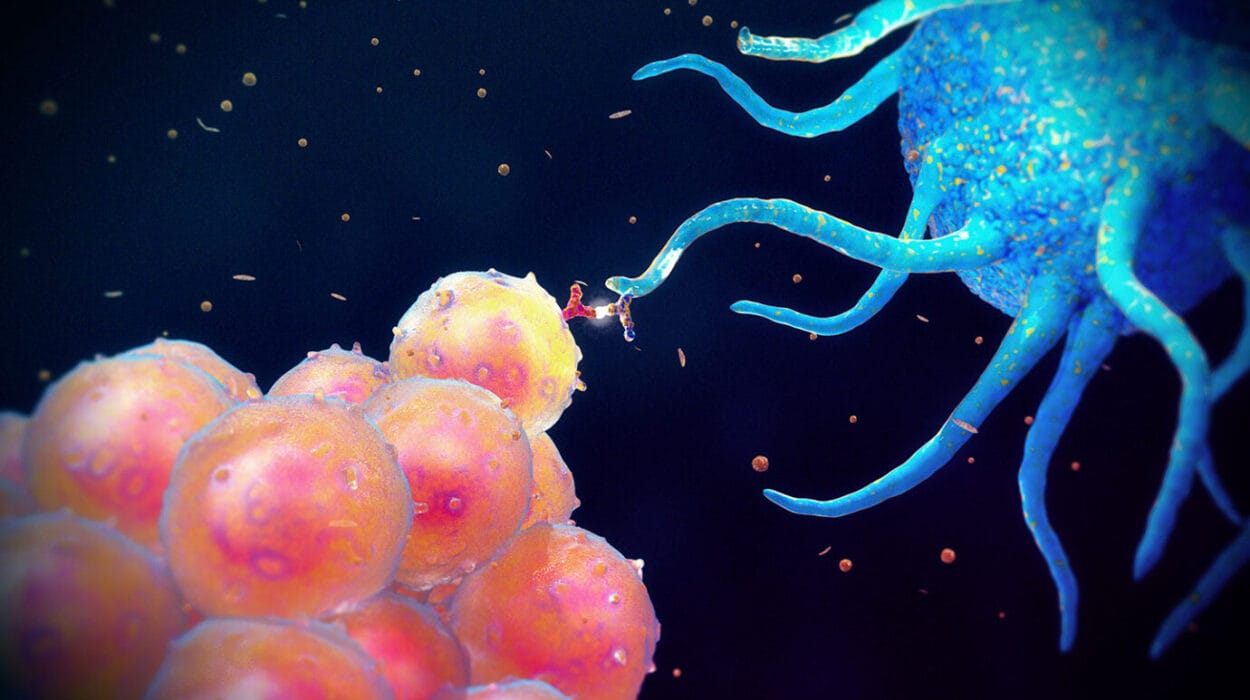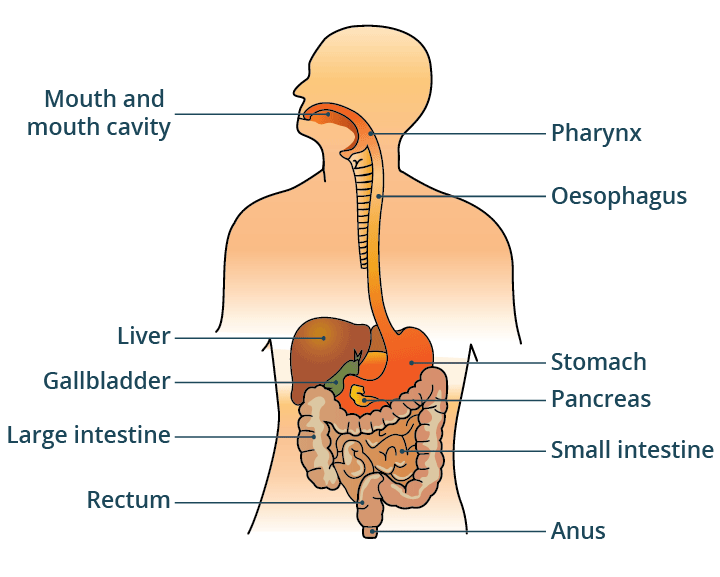When most people think of Antarctic animals, penguins are likely the first creatures that come to mind. However, there’s a much smaller, lesser-known survivor in the harsh environment of Antarctica—the Antarctic midge (Belgica antarctica). This tiny, flightless insect holds the distinction of being the only known insect native to the frozen continent, and it has evolved remarkable strategies to survive one of the most extreme climates on Earth. The way the Antarctic midge copes with freezing temperatures and long periods of darkness has fascinated researchers, and its unique survival mechanisms may even provide insights into critical scientific fields, such as cryopreservation.
One mystery about this hardy midge that had eluded scientists has recently been solved by a research team led by Shin G. Goto, a professor at Osaka Metropolitan University, along with Dr. Mizuki Yoshida, a graduate student at the time of the research who is now a postdoctoral researcher at Ohio State University. The findings of their research were published in Scientific Reports, offering new understanding about the midge’s life cycle and its ability to endure the extreme conditions of its environment.
The Life Cycle of the Antarctic Midge: A Two-Year Survival Strategy
The Antarctic midge has a two-year life cycle that spans the harsh Antarctic seasons, and the key to its survival lies in its ability to withstand not just the cold but the long periods of dormancy. The research team discovered that during this cycle, the midge undergoes two distinct forms of dormancy—quiescence and obligate diapause—to ensure it can endure the frigid winters and emerge in the summer months.
Quiescence: The First Step Toward Survival
In the first year of its life, the midge enters quiescence, a state of dormancy triggered by adverse environmental conditions. Quiescence is different from hibernation or sleep; it’s an immediate response to unfavorable conditions, and it enables the midge to “pause” its development until conditions improve. When temperatures rise, the larvae can quickly resume development, making it a perfect strategy for surviving the extreme seasonal fluctuations of the Antarctic environment.
The research team observed that the larvae typically grow to their second instar (a developmental stage) by the first winter. At this point, the larvae undergo quiescence and remain dormant throughout the cold months. This strategy allows the midge to “wait out” the winter without succumbing to the freezing temperatures. It’s an efficient mechanism, as it allows the larvae to reactivate and continue their growth the moment warmer temperatures return, without needing to endure a full year of dormancy.
Obligate Diapause: The Second Winter Challenge
As the second winter approaches, the larvae enter a critical stage of their life cycle—obligate diapause. This is a form of dormancy that is not triggered by external environmental conditions like quiescence, but instead occurs at a fixed point in the organism’s life cycle. This form of dormancy is relatively rare in insects, especially those in temperate regions, and has only been seen in a few other species that endure harsh conditions like those in the Arctic or high-altitude environments.
The larvae enter obligate diapause when they reach the final, fourth instar (a later developmental stage). This state of dormancy is naturally induced as the larvae prepare for the winter months. Unlike quiescence, where dormancy is a response to immediate conditions, obligate diapause is a predetermined part of the insect’s biological clock. The larvae remain dormant throughout the second winter, and this period of dormancy ensures they are well-prepared to pupate when conditions are right.
The Synchronization of Life and Timing
As the Antarctic summer approaches, the midge larvae emerge from their obligate diapause and undergo pupation. The timing of this process is crucial. The larvae synchronize their development so that they pupate simultaneously, and as adults, they emerge at the same time. This synchronized emergence ensures that the adult midges can mate and complete their life cycle during the brief, but vital, summer period. The adults have only a few days to find a mate and reproduce, which makes timing everything in the survival strategy of the Antarctic midge.
In essence, the combination of quiescence and obligate diapause enables the midge to survive the long, harsh winters and to synchronize its growth and development with the fleeting summer months. Without this carefully timed adaptation, the midge would not be able to successfully reproduce or survive in such an extreme environment.
Implications for Cryopreservation and Human Medicine
The findings of this research not only provide a deeper understanding of the midge’s life cycle but also have potential applications for other fields of science, particularly in cryopreservation. Cryopreservation is the process of preserving cells, tissues, or organisms at low temperatures, and the ability of the Antarctic midge to survive freezing conditions could provide valuable insights into how living organisms cope with and repair damage caused by freezing.
The mechanisms that allow the midge to endure freezing temperatures without suffering cellular damage could help researchers develop better cryopreservation techniques for use in human medicine, such as for preserving stem cells, organs, and even human embryos. The midge’s ability to survive harsh, low-temperature environments might also help scientists better understand how to preserve biological material for longer periods of time without compromising its integrity.
Unanswered Questions and Future Research
While the research team has uncovered much about the survival strategies of the Antarctic midge, many questions remain. For example, the molecular mechanisms that enable the midge to endure freezing temperatures and enter states of dormancy are still not fully understood. Researchers have yet to pinpoint the specific genes, proteins, or biochemical pathways that allow the midge to survive freezing. Additionally, scientists are still investigating the role of cryoprotectants, substances that help prevent damage to cells during freezing, in the midge’s survival strategy.
Further studies are necessary to explore how these molecular mechanisms could be applied to other organisms, particularly those in human medicine and biotechnology. The Antarctic midge may hold the key to unlocking new methods of cryopreservation and even the possibility of preserving life in extreme conditions for long periods, which could have broad implications for space travel, organ transplants, and biotechnology.
Conclusion
The Antarctic midge is a remarkable example of nature’s ability to adapt to extreme environments. Its survival strategies, including quiescence and obligate diapause, allow it to endure the freezing temperatures and harsh conditions of Antarctica, where few other life forms can survive. Through the research led by Professor Shin G. Goto and Dr. Mizuki Yoshida, scientists have uncovered important aspects of the midge’s life cycle, offering new insights into its environmental adaptation mechanisms. These findings could lead to breakthroughs in fields like cryopreservation and human medicine, helping us understand how to preserve biological material in freezing conditions.
Despite the progress made, much remains to be discovered about the midge’s survival strategies, and future research could unlock even more mysteries of this tiny insect. Whether the answers lie in the insect’s molecular biology or its evolutionary history, the Antarctic midge offers a unique window into the resilience of life on Earth and the potential for survival in the most extreme conditions.
Reference: Obligate diapause and its termination shape the life-cycle seasonality of an Antarctic insect, Scientific Reports (2025). DOI: 10.1038/s41598-025-86617-4
